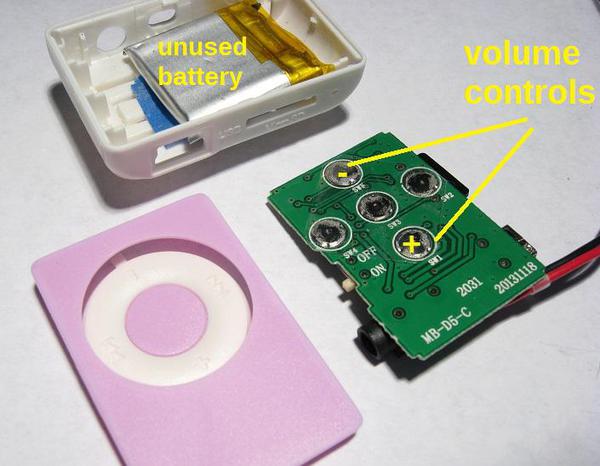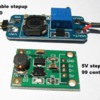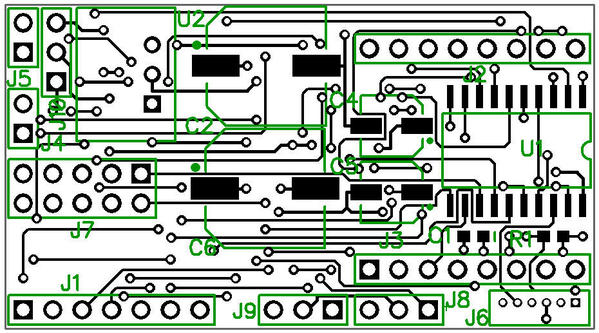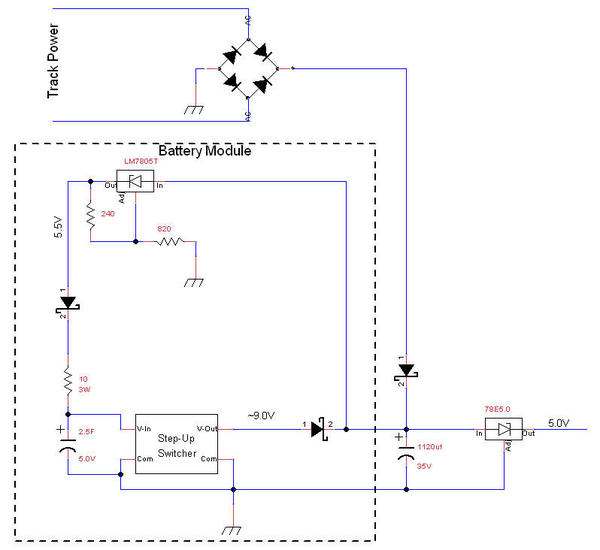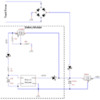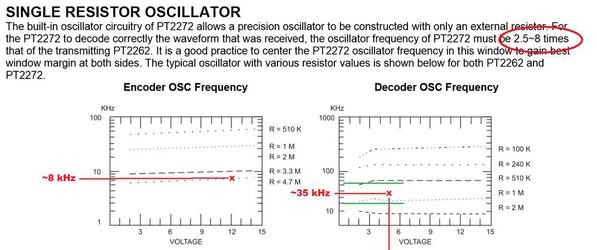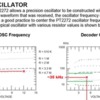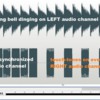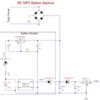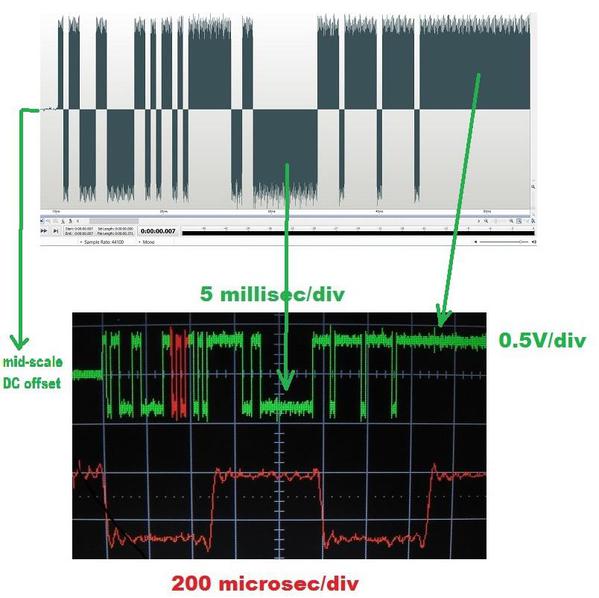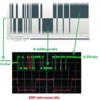Originally Posted by gunrunnerjohn:
The DTMF decoder could clearly be a separate add-on, since the extra audio channel would be available.
This is getting to be a pretty involved system! 
So just for fun I whipped together this demo of the DTMF "touchtone" eBay decoder module. This is meant for the hard-core DIY types.
Suppose we use the LEFT channel of the MP3 stereo sound to store the audible sound. The RIGHT channel then stores sequences of touch-tone sounds that drive the eBay decoder module I showed earlier in the thread. These touch-tones would be inaudible in the real system but I hooked it up so you can hear/see what's going on.
First here's what the audio editing software might show. The left audio on top has the repeating crossing bell dinging sound. The right audio on bottom has alternating touch-tone bursts exactly lined up to the bell sound.
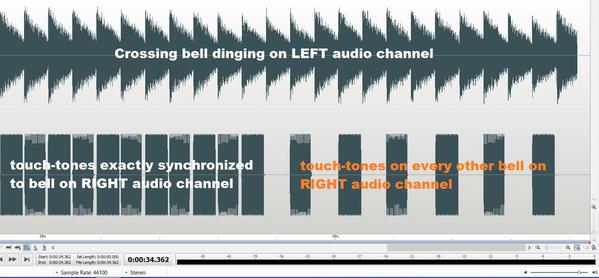
The DTMF decoder module displays the decoded output on its LEDs. In a real system the module outputs would drive a relay or whatever to drive the layout crossing gate lamps or LEDs. For the first few dings the lights alternate on each bell ding. Later the lights alternate on every other bell. Yes, in the prototype the alternating lights aren't synchronized to the sound; this is to illustrate the concept of putting the unused audio channel to enhance a sound accessory. Video below.
I figure the 4 outputs which touch-tone provides can handle most animations. That is the eBay DTMF module decodes all 16 touch-tones or 0..9, #, *, A,B,C,D (your phone does not use the latter 4 tones). Using a sound editor (freeware) the idea is you'd simply insert the touch-tone on the unused "control" channel of the stereo MP3 file. The use of sound-editors and which one is suitable, etc. is a topic in and of itself so I'm purposely skipping over the details to stay on point which GRJ's audio module.
Anyway, if GRJ brings out that unused stereo audio channel, then it can feed the module and each of the 4 DTMF decoded outputs as shown in the 4 red LED lights could drive a relay, motor, solenoid, lamp, whatever. The DTMF decoder is fast as I think of touch-tone in the 10 events per second range.
So here's another demo, first showing what it looks like in the sound-editor.

First there's a rapid string of touch-tones on the control channel which makes the decoder dance; there's silence on the audio channel. Then with the same touch-tone sequence I put some station platform sounds on the audible channel. Then with the same touch-tone sequence I put some music on the audible channel. Again, the touch-tone channel was amplified to a speaker to show what's going on but in a real system you would not hear the tones.
We now return you to your regularly scheduled program 




